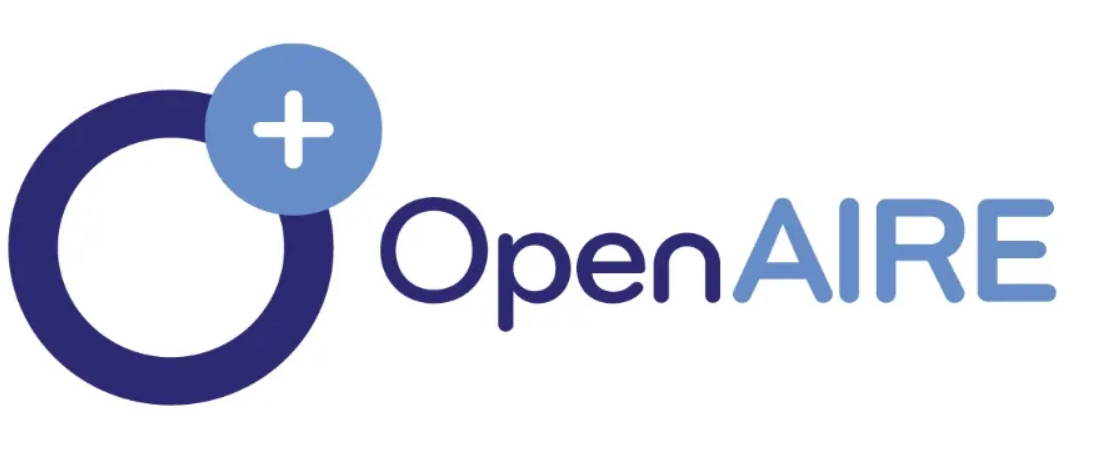Comparison of Complications Using Diathermy and Scalpel for Skin Incisions in Open Inguinal Hernia Repair: A Randomized Controlled Trial
DOI:
https://doi.org/10.5281/zenodo.17250742Ключевые слова:
Inguinal hernia, diathermy, scalpel, surgical site infection, pain, randomized controlled trialАннотация
Background:
Inguinal hernia repair is one of the most frequently performed surgical procedures worldwide. The choice of instrument for skin incision—scalpel or diathermy—may affect surgical outcomes such as operative time, postoperative pain, and wound complications. While diathermy is known for rapid haemostasis and reduced blood loss, concerns remain regarding wound healing and infection risks.
Objective:
To compare the outcomes of diathermy versus scalpel for skin incision in elective open inguinal hernia repair.
Methods:
This randomized controlled trial was conducted at Recep Tayyip Erdogan Hospital, Muzaffargarh, from April to October 2023. Sixty adult male patients scheduled for elective open inguinal hernioplasty were randomized to receive skin incision with either a scalpel (n=30) or diathermy (n=30). Incision time, postoperative pain at 24 and 48 hours (measured via Visual Analogue Scale), and wound complications—including surgical site infection (SSI), hematoma/seroma, and wound dehiscence—were recorded and compared between groups. Data were analyzed using t-tests and Chi-square tests; p<0.05 was considered significant.
Results:
The two groups were comparable in baseline characteristics, including age (mean 42.1±10.9 years) and BMI (23.2±1.5 kg/m²). Mean incision time was significantly shorter in the diathermy group (96.8±5.2 seconds) than in the scalpel group (119.9±7.2 seconds; p<0.001). Pain scores were also significantly lower in the diathermy group at both 24 hours (2.4±1.1 vs 5.9±1.7; p<0.001) and 48 hours (1.3±0.8 vs 3.4±1.0; p<0.001). SSI and wound dehiscence rates were low and identical in both groups (6.7% and 3.3%, respectively); no hematoma or seroma was observed.
Conclusion:
Diathermy for skin incision in elective open inguinal hernia repair significantly reduces operative time and early postoperative pain without increasing complication rates compared to the scalpel. Diathermy should be considered the preferred method for skin incision in such cases.
Загрузки
Опубликован
Выпуск
Раздел
Лицензия
Copyright (c) 2025 International Journal of Medical Sciences

Это произведение доступно по лицензии Creative Commons «Attribution-NonCommercial-NoDerivatives» («Атрибуция — Некоммерческое использование — Без производных произведений») 4.0 Всемирная.
All articles published in International Journal of Medical Sciences are licensed under a Creative Commons Attribution 4.0 International License (CC BY 4.0). This license allows others to share, copy, distribute, and adapt the work for any purpose, even commercially, as long as appropriate credit is given to the original authors. Authors retain the copyright and agree to have their work published under this license, ensuring the broadest possible dissemination and reuse of their research.
For more information or licensing inquiries, contact mossdigital77@gmail.com.







